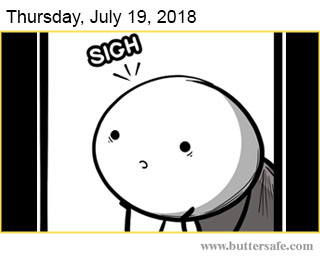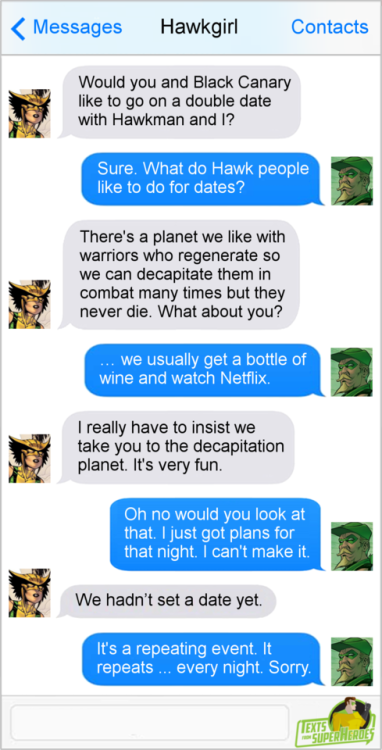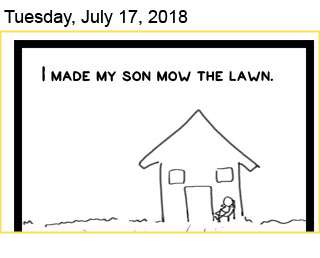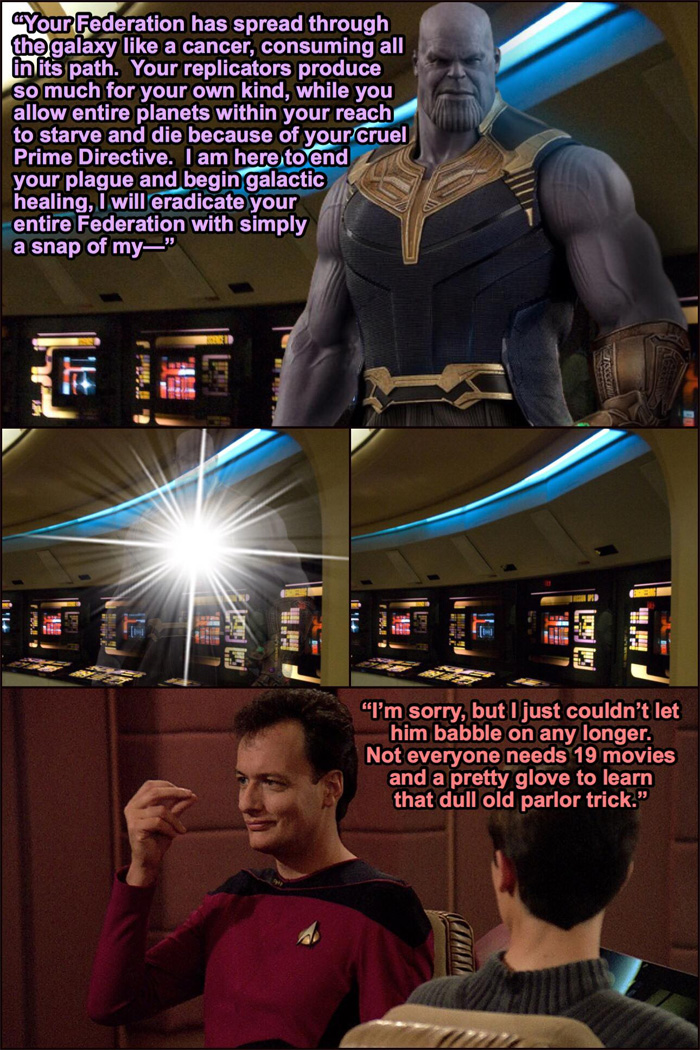
Dan Jones
Shared posts
Did you know that style and script tags can be set to display: block?
The other night, Amit Patel mentioned that you can set script tags in HTML to display: block with CSS and then edit that code inline with the contentEditable attribute. This means that you can then see it all update live in the browser as you type. Shortly after, Marius Gundersen replied that you can do this with the style tag as well.
All of this is such a weird concept to me that I just had to make a demo to see if it worked:
See the Pen contentEditable <style&rt; tags by Robin Rendle (@robinrendle) on CodePen.
And it does, as strange as that might be! All you need to do is add the contentEditable attribute to the style tag and make sure it’s set to display: block like so:
<p>content goes here</p>
<style contenteditable>
p {
color: black;
}
</style>style {
display: block;
}Why would we want to do this? Well, I’m not entirely sure. But it is certainly a neat demo. This also reminds me of the ever-so bizarre and brilliant demo Jake Albaugh made a while back, which just happens to be one of my favorite pens of all time:
See the Pen pen#PwLXXP by Jake Albaugh (@jakealbaugh) on CodePen.
The post Did you know that style and script tags can be set to display: block? appeared first on CSS-Tricks.
The web’s transition from nomadism to feudalism
This comparison by designer Alexander Singh of the development of the web from home pages to massive content farms like Facebook with the development of agriculture really got some of the ol’ neurons firing.
Over the past 25 years, the web appears to have transitioned from a primarily nomadic culture to a mostly agrarian one, mirroring the Neolithic Revolution 10,000 years ago.
The simplicity of HTML-only site building, spaces like Geocities & Angelfire, and cultural artifacts such as web rings coupled with poor search engine tech saw us navigate the web like nomads: from point to point, link to link.
The web has developed & so have the skills necessary to build within it. HTML was easy. CSS took a little more time & JS more again, alienating most and establishing a class hierarchy. Discovery was solved, weakening point-to-point navigation.
The literate Priesthood can still build & interface with the web, but the vast majority of people are relegated to the peasantry. “Fortunately” for them, motivated benefactors have offered a Faustian bargain to make their lives “easier”.
Corporate Feudalism has emerged to create centralized, “safe” spaces for the peasantry to work & play. Attention is farmed and sold in exchange for convenience, protection, mediated self-expression & an indifferent audience. You can do anything if it’s within their borders.
Very interesting. What comes next? What does the web’s Renaissance or Enlightenment look like? (via @pieratt)
Tags: Alexander Singh WWWA milestone for Chrome security: marking HTTP as “not secure”
Security has been one of Chrome’s core principles since the beginning—we’re constantly working to keep you safe as you browse the web. Nearly two years ago, we announced that Chrome would eventually mark all sites that are not encrypted with HTTPS as “not secure”. This makes it easier to know whether your personal information is safe as it travels across the web, whether you’re checking your bank account or buying concert tickets. Starting today, we’re rolling out these changes to all Chrome users.
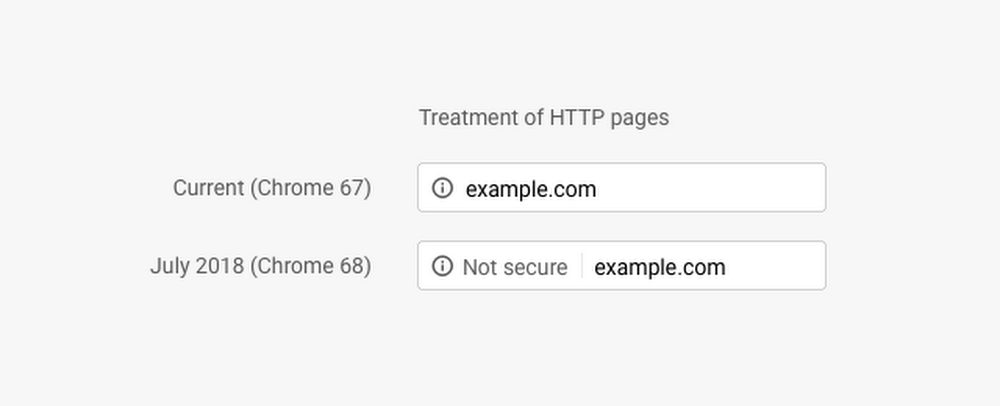
Starting in the latest version of Chrome (68), you’ll see a new “not secure” notification when visiting HTTP pages.
More encrypted connections, more security
When you load a website over plain HTTP, your connection to the site is not encrypted. This means anyone on the network can look at any information going back and forth, or even modify the contents of the site before it gets to you. With HTTPS, your connection to the site is encrypted, so eavesdroppers are locked out, and information (like passwords or credit card info) will be private when sent to the site.
Chrome’s “not secure” warning helps you understand when the connection to the site you're on isn’t secure and, at the same time, motivates the site's owner to improve the security of their site. Since our announcement nearly two years ago, HTTPS usage has made incredible progress. We’ve found in our Transparency Reportthat:
- 76 percent of Chrome traffic on Android is now protected, up from 42 percent
- 85 percent of Chrome traffic on ChromeOS is now protected, up from 67 percent
- 83 of the top 100 sites on the web use HTTPS by default, up from 37
We knew that rolling out the warning to all HTTP pages would take some time, so we started by only marking pages without encryption that collect passwords and credit card info. Then we began showing the “not secure” warning in two additional situations: when people enter data on an HTTP page, and on all HTTP pages visited in Incognito mode.
Eventually, our goal is to make it so that the only markings you see in Chrome are when a site is not secure, and the default unmarked state is secure. We will roll this out over time, starting by removing the “Secure” wording in September 2018. And in October 2018, we’ll start showing a red “not secure” warning when users enter data on HTTP pages.
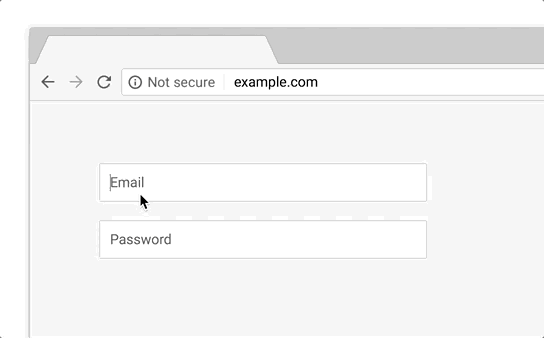
In October’s version of Chrome (70), you’ll see a red “not secure” notifications when you enter data on an HTTP page.
Making encryption easy
If you’re a site owner looking to migrate (or build!) your site on HTTPS, we’ve helped make the process as simple and inexpensive as possible. Improvements include managed HTTPS for Google App Engine, required and automatic HTTPS on all .app domains, and free and automated certificates through Let’s Encrypt (Chrome is a Platinum sponsor). And if you’re in the process of migrating to HTTPS, look out for messages coming from Search Console with further information and guidance.
So when you’re shopping for concert tickets or online banking, rest assured: you’ll be warned if a site is not protecting your data with HTTPS. And we’ll continue to improve Chrome’s security, to make sure you’re using the most secure browser out there.
Sony unveils 48MP camera sensor for smartphones
Sony has been one of the go-to options for camera sensors in smartphones for years, and the company looks to continue that trend into 2019 with the latest sensor built specifically for mobile devices.
On Monday, Sony unveiled the IMX586 camera sensor, which has an effective megapixel count of 48 (8000 x 6000). This marks the largest pixel count to date as far as smartphones are concerned. The pixels measure in at just 0.8 microns, which will be the smallest on the market when the sensor begins sampling this September.
As we all know, just increasing the pixel count doesn’t automatically mean the image quality is going to be better. In an effort to address any noise and potential artifacts in photos, Sony will be utilizing a Quad Bayer color filter array, and it has designed the camera to allow each pixel to use the four adjacent pixels to increase light sensitivity. That means photos will be captured with the equivalent of a 12-megapixel camera with 1.6-micron pixels, which should increase detail when a photo is zoomed in on.
Sony will begin shipping out samples this September, and these new IMX586 sensors should find their way into new phones beginning in 2019.
NoeTimeToken
"Have you had a chance to look at that JIRA ticket yet?"
Marge debated pretending she hadn't seen the Slack message yet—but, if she did, she knew Gary would just walk over to her desk and badger her further. In truth, she didn't want to look at the ticket: it was a low priority ticket, and worse, it only affected a small fraction of one client's customers, meaning it was likely to be some weird edge case bug nobody would ever run into again. Maybe if I ignore it long enough, it'll go away on its own, she thought.
The client was a bookseller with a small but signifigant-to-them online presence; the software they used to sell books, including your standard e-commerce account functionality, was made by Marge's company. The bug was somewhere in the password reset feature: some customers, seemingly at random, were unable to use the password reset link the software emailed out.
Marge pulled up the ticket, looking over the half-hearted triage work that had been done before it landed on her desk to solve. The previous guy had pulled logs and figured out that all the customers who were complaining were using the same ISP based out of Germany. He'd recommended reaching out to them, but had been transferred to another division before he'd gotten around to it.
When Marge realized that the contact information was all in German, she almost gave up then and there. But with the magic of Google Translate, she managed to get in touch with a representative via email. After a bit of back and forth, she noticed this gem in one of his (translated) replies:
We want to display mails in our webmail client as close to the original as possible. Since most mails are HTML formatted, the client supports the full HTTP protocol and can display (almost) all HTML tags. Unfortunately, this means that "evil" JS-Content in such mails can do all kinds of stuff in the browser and therefore on the customer's PC.
To avert this, all mails are processed by a "SafeBrowsing"-module before they are displayed, to recognize and circumvent such manipulations. One of those security measures is the recognition of js-modules that begin with "on...", since that are mostly js functions that are triggered by some event in the browser. Our "countermeasure" is to just replace "on..." with "no..." before the HTML content is sent to the rendering process.
Marge frowned at the answer for a bit, something nagging at her mind. "There's no way," she murmured as she pulled up the access logs. Sure enough, the url for the reset link was something like https://bookseller.com?oneTimeToken=deadbeef ... and the customers in question had accessed https://bookseller.com?noeTimeToken=deadbeef instead.
A few lines of code and it was resolved: a conditional would check for the incorrect query string parameter and copy the token to the correct query string parameter instead. Marge rolled her eyes, merged her change into the release branch, and finally, at long last, closed that annoying low-priority ticket once and for all.
Jiffy.
This Wordorigins thread about the origin of “(in a) jiffy” (summary: origin unknown) is interesting mainly for sidelights like:
In the early 1900s, an American physicist Gilbert Newton Lewis (known for coining the word photon) seized upon the word jiffy and gave it a standard scientific definition of 33.3564 picoseconds. One jiffy, Lewis explained, was the amount of time it takes light to travel one centimetre, a meaning he introduced in his research in the 1920s. So next time someone says they’ll do something in a jiffy, remind them that that gives them precisely 33 millionths of a second to respond……
But the main reason I’m posting about it is as an excuse to reproduce the following from Dave Wilton, which made me chortle:
Someone (IIRC it was Johnny Carson) once defined a New York minute as the time it takes between a traffic light turning green and the car behind you honking for you to go.
In non-chronological units, a millihelen is the amount of beauty required to launch one ship.
The weird and wonderful American roadtrip with John Margolies




For more than 30 years beginning in the 1960s, photographer John Margolies criss-crossed the USA documenting the roadside architecture of a pre-corporate America, taking photos of diners, weird sculptures, mini golf courses, and signs that don’t exist anymore in great numbers.
Before the advent of corporate communications and architectural uniformity, America’s built environment was a free-form landscape of individual expression. Signs, artifacts, and even buildings ranged from playful to eccentric, from deliciously cartoonish to quasipsychedelic. Photographer John Margolies spent over three decades and drove more than 100,000 miles documenting these fascinating and endearingly artisanal examples of roadside advertising and fantasy structures, a fast-fading aspect of Americana.
In addition to publishing his work in a book, Margolies released his images into the public domain. The Library of Congress has posted over 11,000 of his photos online, a treasure trove of 60s & 70s Americana. Good luck spending less than 30 minutes poking around in there…
Tags: John Margolies photography travel USAGoogle’s Fuchsia OS may replace Android within the next five years
Google is an ambitious company to say the least, and the individual teams that work on what’s coming down the pipe are just as focused on building new and exciting products. It sounds like the oft-rumored Project Fuchsia OS is one of those projects.
According to a new report from Bloomberg, the Fuchsia OS team consists of 100 engineers, and their goal is to create not just another OS option for customers but a single, unifying OS for all devices that Google has out there. That means it would effectively bridge any gaps between Android and Chrome OS, and Fuchsia OS would be running all of Google’s smart home products, too.
The report indicates that the Fuchsia OS team is planning on launching a smart home connected device with the operating system on board sometime in the next three years. And then, within five years, the team wants Fuchsia OS ready to go for laptops and smartphones, working as an effective successor to Android and Chrome OS.
Fuchsia OS is expected to give Google a bit more control over its consumer-friendly software as far as security updates and general OS updates are concerned.
All that being said, Fuchsia OS is still very much a work in progress, and it has yet to be signed off as the next major step for Google by either the CEO Sundar Pichai or Android and Chrome chief Hiroshi Lockheimer. So while the Fuchsia OS team’s goals are lofty, there is still quite a ways to go before it gets the green light for consumer-ready products.
Heat Wave.
Love,
Chris.
Facebook.com/PoorlyDrawnThoughts
Instagram.com/PoorlyDrawnThoughts
Twitter.com/PoorlyDrawnGuy
An entomologist rates ant emojis

An entomologist rates the ant emoji from a number of services including Facebook, Apple, Microsoft, and Twitter. You can check out more reviews here.
Tags: ants emojiAndroid has created more choice, not less
If you buy an Android phone, you’re choosing one of the world’s two most popular mobile platforms—one that has expanded the choice of phones available around the world.
Today, the European Commission issued a competition decision against Android, and its business model. The decision ignores the fact that Android phones compete with iOS phones, something that 89 percent of respondents to the Commission’s own market survey confirmed. It also misses just how much choice Android provides to thousands of phone makers and mobile network operators who build and sell Android devices; to millions of app developers around the world who have built their businesses with Android; and billions of consumers who can now afford and use cutting-edge Android smartphones.
Today, because of Android, there are more than 24,000 devices, at every price point, from more than 1,300 different brands, including Dutch, Finnish, French, German, Hungarian, Italian, Latvian, Polish, Romanian, Spanish and Swedish phone makers.
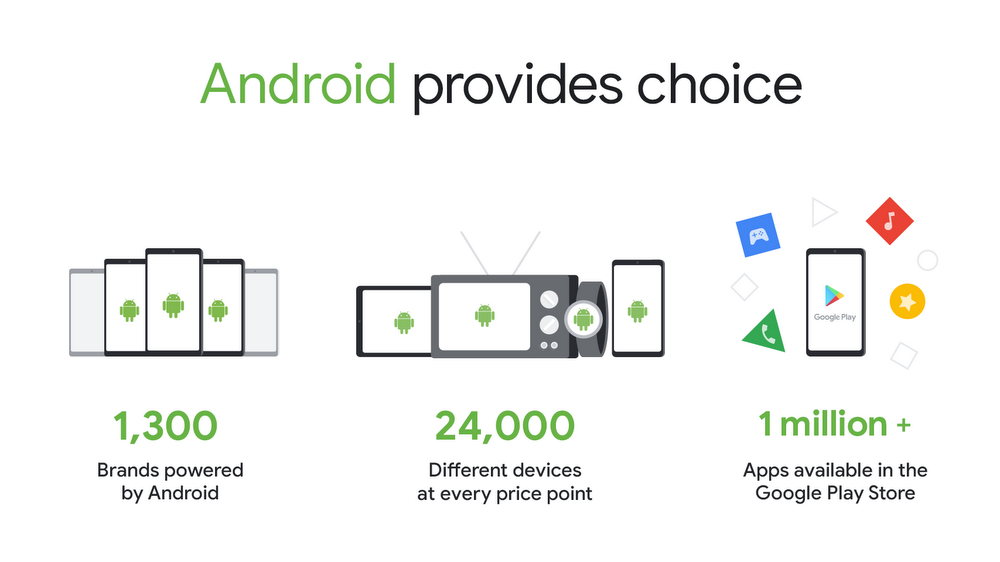
The phones made by these companies are all different, but have one thing in common—the ability to run the same applications. This is possible thanks to simple rules that ensure technical compatibility, no matter what the size or shape of the device. No phone maker is even obliged to sign up to these rules—they can use or modify Android in any way they want, just as Amazon has done with its Fire tablets and TV sticks.
To be successful, open-source platforms have to painstakingly balance the needs of everyone that uses them. History shows that without rules around baseline compatibility, open-source platforms fragment, which hurts users, developers and phone makers. Android’s compatibility rules avoid this, and help make it an attractive long-term proposition for everyone.
Creating flexibility, choice and opportunity
Today, because of Android, a typical phone comes preloaded with as many as 40 apps from multiple developers, not just the company you bought the phone from. If you prefer other apps—or browsers, or search engines—to the preloaded ones, you can easily disable or delete them, and choose other apps instead, including apps made by some of the 1.6 million Europeans who make a living as app developers.

In fact, a typical Android phone user will install around 50 apps themselves. Last year, over 94 billion apps were downloaded globally from our Play app store; browsers such as Opera Mini and Firefox have been downloaded more than 100 million times, UC Browser more than 500 million times.
This is in stark contrast to how things used to be in the 1990s and early 2000s—the dial-up age. Back then, changing the pre-installed applications on your computer, or adding new ones, was technically difficult and time-consuming. The Commission’s Android decision ignores the new breadth of choice and clear evidence about how people use their phones today.
A platform built for the smartphone era
In 2007, we chose to offer Android to phone makers and mobile network operators for free. Of course, there are costs involved in building Android, and Google has invested billions of dollars over the last decade to make Android what it is today. This investment makes sense for us because we can offer phone makers the option of pre-loading a suite of popular Google apps (such as Search, Chrome, Play, Maps and Gmail), some of which generate revenue for us, and all of which help ensure the phone ‘just works’, right out of the box. Phone makers don’t have to include our services; and they’re also free to pre-install competing apps alongside ours. This means that we earn revenue only if our apps are installed, and if people choose to use our apps instead of the rival apps.Good for partners, good for consumers
The free distribution of the Android platform, and of Google’s suite of applications, is not only efficient for phone makers and operators—it’s of huge benefit for developers and consumers. If phone makers and mobile network operators couldn’t include our apps on their wide range of devices, it would upset the balance of the Android ecosystem. So far, the Android business model has meant that we haven't had to charge phone makers for our technology, or depend on a tightly controlled distribution model.
We’ve always agreed that with size comes responsibility. A healthy, thriving Android ecosystem is in everyone’s interest, and we’ve shown we’re willing to make changes. But we are concerned that today’s decision will upset the careful balance that we have struck with Android, and that it sends a troubling signal in favor of proprietary systems over open platforms.
Rapid innovation, wide choice, and falling prices are classic hallmarks of robust competition and Android has enabled all of them. Today’s decision rejects the business model that supports Android, which has created more choice for everyone, not less. We intend to appeal.
When you do a DNA test and find out your dad is not your father
Sarah Zhang writes about a support group on Facebook for people who have discovered surprising parentage through DNA testing.
Lisa, 44, admits she is still trying to go of that anger. She had always felt out of place in her family. Her hair — which she always straightened — was naturally fine and curly, her skin dark. “People would think I’m Hispanic, and would speak Spanish to me on the street,” she says. So when an DNA test in 2015 revealed her biological father was likely African American, it clicked into place. But her mom denied it. “She wouldn’t answer me. She would change the subject,” recalls Lisa. When she kept pressing, her mother broke down, saying it would destroy the family and that her dad — the man she grew up with — would kill her. She refused to say anything else about Lisa’s biological father.
I’ve written about this before (here and here) and reading these stories never gets any less heartbreaking. Back in 2010, I shared this:
I know someone who adopted a baby and they have never told her that she’s adopted and don’t plan to (she’s now in her 20s). When DNA testing becomes commonplace in another 5-15 years, I wonder how long that secret will last and what her reaction will be.
DNA testing confirms what we should have known all along: family is more than what biology says it is. Families already look quite differently than they did 40-50 years ago and they will continue to shift in the future, MAGA be damned.
Tags: biology DNA genetics Sarah Zhang sciencePopular Science: ‘Do You Really Need to Properly Eject a USB Drive Before Yanking It Out?’
Dan JonesYes, yes you do.
And if you don't, and it's my USB drive, you're a monster.
Rob Verger, writing for Popular Science:
Pull a USB flash drive out of your Mac without first clicking to eject it, and you’ll get a stern, shameful warning: “Disk Not Ejected Properly.”
But do you really need to eject a thumb drive the right way?
Probably not. Just wait for it to finish copying your data, give it a few seconds, then yank. To be on the cautious side, be more conservative with external hard drives, especially the old ones that actually spin.
That’s not the official procedure, nor the most conservative approach. And in a worst-case scenario, you risk corrupting a file or — even more unlikely — the entire storage device.
This is terrible advice. It’s akin to saying you probably don’t need to wear a seat belt because it’s unlikely anything bad will happen. Imagine a few dozen people saying they drive without a seat belt every day and nothing’s ever gone wrong, so it must be OK. (The breakdown in this analogy is that with seat belts, you know instantly when you need to be wearing one. With USB drives, you might not discover for months or years that you’ve got a corrupt file that was only partially written to disk when you yanked the drive.)
I see a bunch of “just pull out the drive and not worry about it” Mac users on Twitter celebrating this article, and I don’t get it. On the Mac you have to do something on screen when you eject a drive. Either you properly eject it before unplugging the drive — one click in the Finder sidebar — or you need to dismiss the alert you’ll get about having removed a drive that wasn’t properly ejected. Why not take the course of action that guarantees data integrity?
Which came first, bread or farming?
Dan JonesThis is crazy to me.
Based on the available archaeological evidence, researchers had assumed that bread and agriculture developed around the same time. But a recent find in Jordan of a 14,500-year-old flatbread indicates that bread was first made some 4000 years before agriculture was invented.
No matter how you slice it, the discovery detailed on Monday shows that hunter-gatherers in the Eastern Mediterranean achieved the cultural milestone of bread-making far earlier than previously known, more than 4,000 years before plant cultivation took root.
The flatbread, likely unleavened and somewhat resembling pita bread, was fashioned from wild cereals such as barley, einkorn or oats, as well as tubers from an aquatic papyrus relative, that had been ground into flour.
And now researchers are wondering, did the invention of bread drive the invention agriculture?
Tags: archaeology farming food science“We now have to assess whether there was a relationship between bread production and the origins of agriculture,” Arranz-Otaegui said. “It is possible that bread may have provided an incentive for people to take up plant cultivation and farming, if it became a desirable or much-sought-after food.”
University of Copenhagen archeologist and study co-author Tobias Richter pointed to the nutritional implications of adding bread to the diet. “Bread provides us with an important source of carbohydrates and nutrients, including B vitamins, iron and magnesium, as well as fibre,” Richter said.
The hyperrealistic drawings by this 11-year-old Nigerian artist are incredible
Kareem Waris Olamilekan is 11 years old and makes very realistic drawings like these of his friends, family, and other faces he runs across (like Rihanna):


Olamilekan, who goes by Waspa on Instagram, is inspired by Michelangelo and fellow Nigeria artist Arinze Stanley Egbengwu and is a full-on prodigy in my book. BBC recently did a one-minute video look at Olamilekan’s work:
Tags: art Kareem Waris Olamilekan videoFirst Look at the New She-Ra
Dan JonesThis is She-Ra? Weird.
First Look at the New She-Ra
Check out these images from the new She-Ra and the Princesses of Power series from DreamWorks coming to Netflix on November 16 featuring a different sort of shape-shifting heroine... what do you think of her new design?
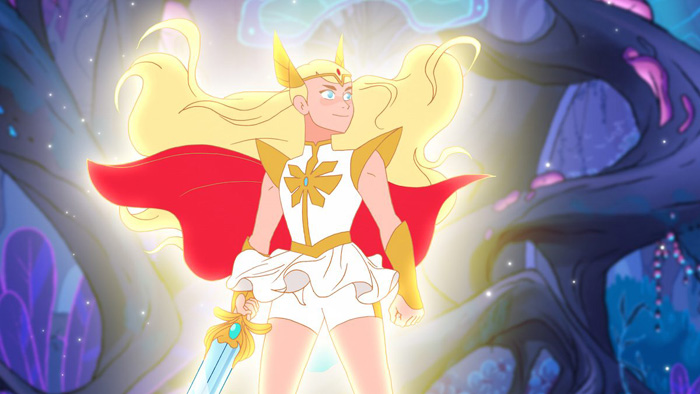
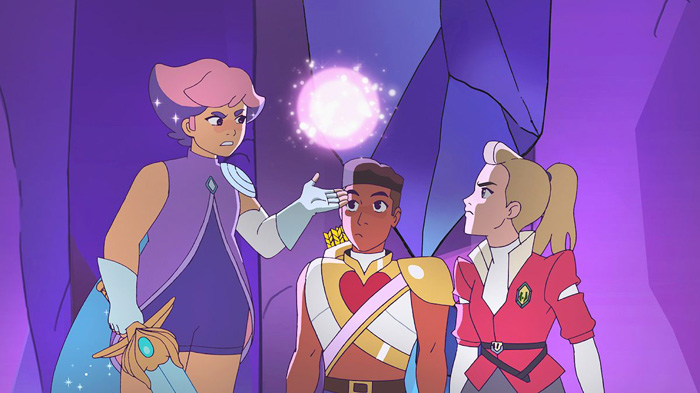
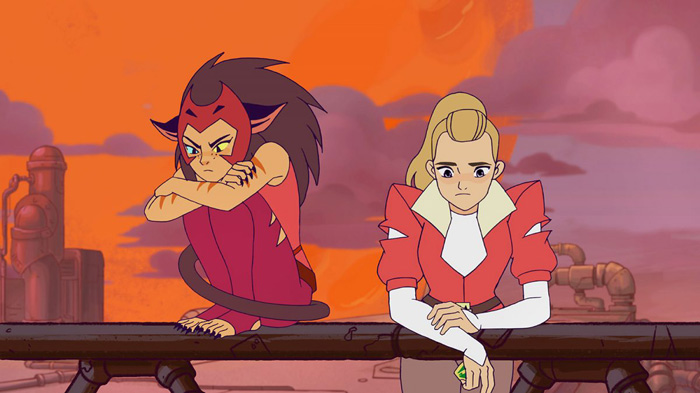
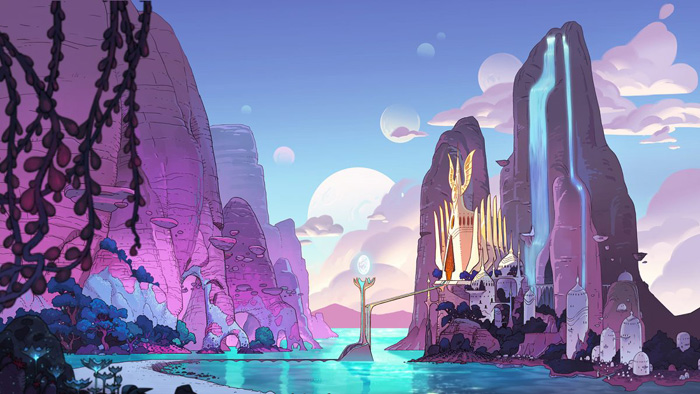


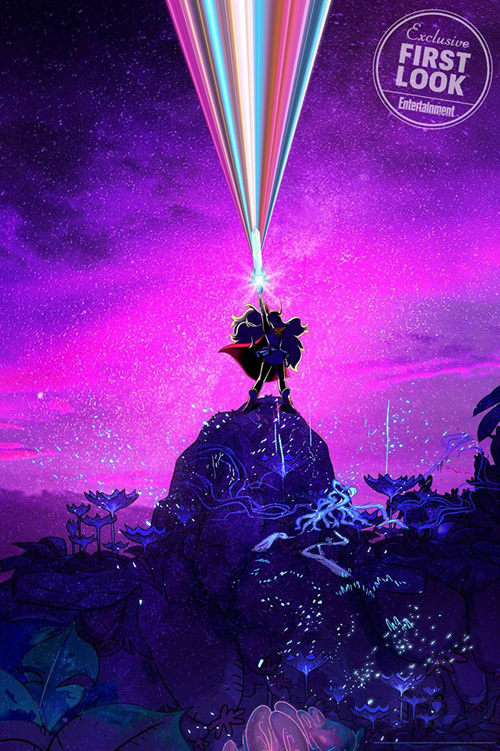
Sources: The Mary Sue & Entertainment Weekly
Follow us on:
July 17 2018
Classic WTF: The Source Control Shingle
Our summer break continues. I once worked on a team which made "shingles"- software modules that were layered on top of a packaged product. There were a lot of WTFs in those shingles, but nothing that can compare to this once. Original--Remy
The year was 1999 and the dot-com boom was going full-throttle. Companies everywhere were focused on building revolutionary applications using nothing but top-shelf hardware and state-of-the-art software tools. Developers everywhere were trying to figure out if they should play more foosball, more air hockey, or sit back down on their Aeron and write more code. Everywhere, that is, except Boise, Idaho. Or at least, Dave's small corner of it.
At Dave's company, developers worked at a solid pace, using reliable tools, for a stable industry. They were sub-sub-contractors on a giant project commissioned by the U.S. Navy to condense naval vessel documentation. Generally speaking, the complete documentation required for a modern warship-from the GPS calibration instructions to the giant 130-millimeter cannon repair guide-is measured in tons. By condensing the documentation into the electronic equivalent, they could not only save tremendous physical space, but they could make it much easier to navigate.
A Simple Plan
Dave's company's small piece of the pie involved writing a very specific application for a particular group of users. Their application needed to track who moved which box of classified documentation from where to where, and why. Given the very simple requirements, the entire application was assigned to Mark.
Mark believed in keeping things simple: he rarely left the command line, his text editor was notepad and his source repository was a few backup folders on a network drive. He didn't need or want more than that. It was a simple task that called for his simple methodologies.
As their app neared completion, a whole new set of requirements came in. Now, they had to add in security and logging. When Dave joined Mark's one-man team to help out with this, the current system of source control -- nothing -- became inconvenient for collaborating.
Dave suggested they set up a source-control repository, but Mark wanted to keep things simple. He devised a solution called the "source-control shingle."
Roofing and Revisions
The source-control shingle was literally that: an actual shingle from someone's house that somehow ended up in their office. It acted like a "talking stick," in that only he who possessed the shingle was allowed to edit the common libraries.
As time went on, the project's scope grew immensely. More and more developers came on board, and the source-control shingle was pushed to its limits. Despite not being in possession of the shingle, some developers broke protocol and edited the library files on the share drive. Finally, Mark agreed to use a simple source repository. He wanted to use the only source-control system that guaranteed file locks: Visual Source Safe.
Unfortunately, Source Safe was so painful to license and manage that Mark had no choice but to explore other options, some of which involved a piece of painted wood. After much arguing and cajoling, Mark agreed to try out open source CVS. Things went well for the first few days, but quickly took a turn for the worse.
"What happened to my code?" Mark asked. "I just did a CVS UPDATE and everything I wrote this morning is gone!"
"It's working fine for me," one of the developers replied.
"Same here," another joined in. "I just checked in my changes a few minutes ago, and they're still here."
"Wait," a third one questioned, "did you do an UPDATE before the COMMIT?"
"Did I what?" the second developer replied. "Oh. Crap."
Exasperated, Mark jumped. "That's it! We're going back to the shingle!"
Fortunately, some of the other developers managed to convince Mark to stick with CVS, at least for a little while longer. One of the developers even managed to enforce better source control practices using some server-side scripts. And despite Mark's constant reservations, they ended up staying with CVS throughout the project. But the whole while, Mark kept the shingle handy, just in case.
Vader Buttons
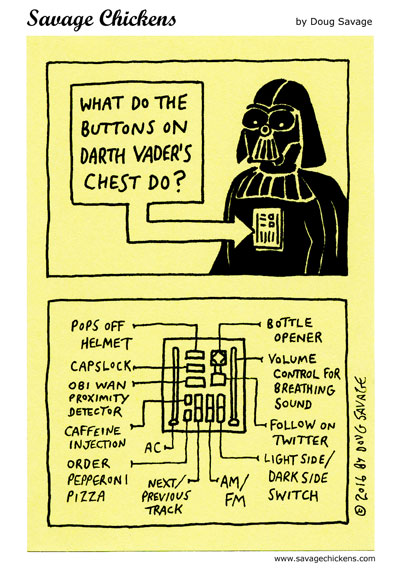 Every time I think of the buttons on Darth Vader's chest, I think of Triumph the Insult Comic Dog. Clip below.
Every time I think of the buttons on Darth Vader's chest, I think of Triumph the Insult Comic Dog. Clip below.See more: Vader Buttons


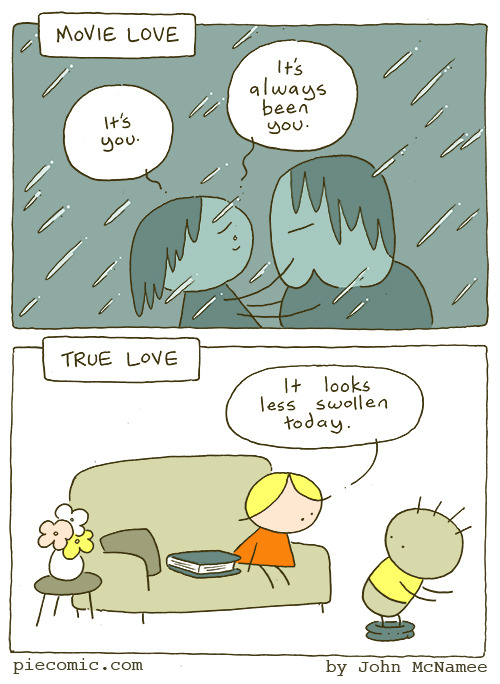

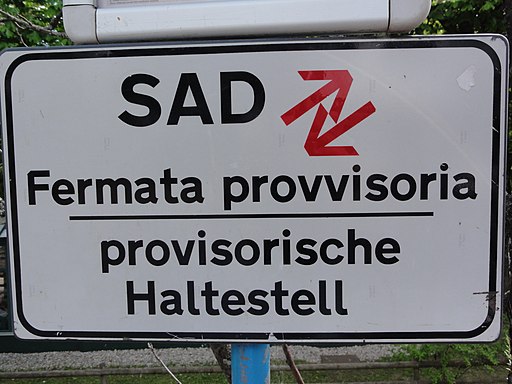
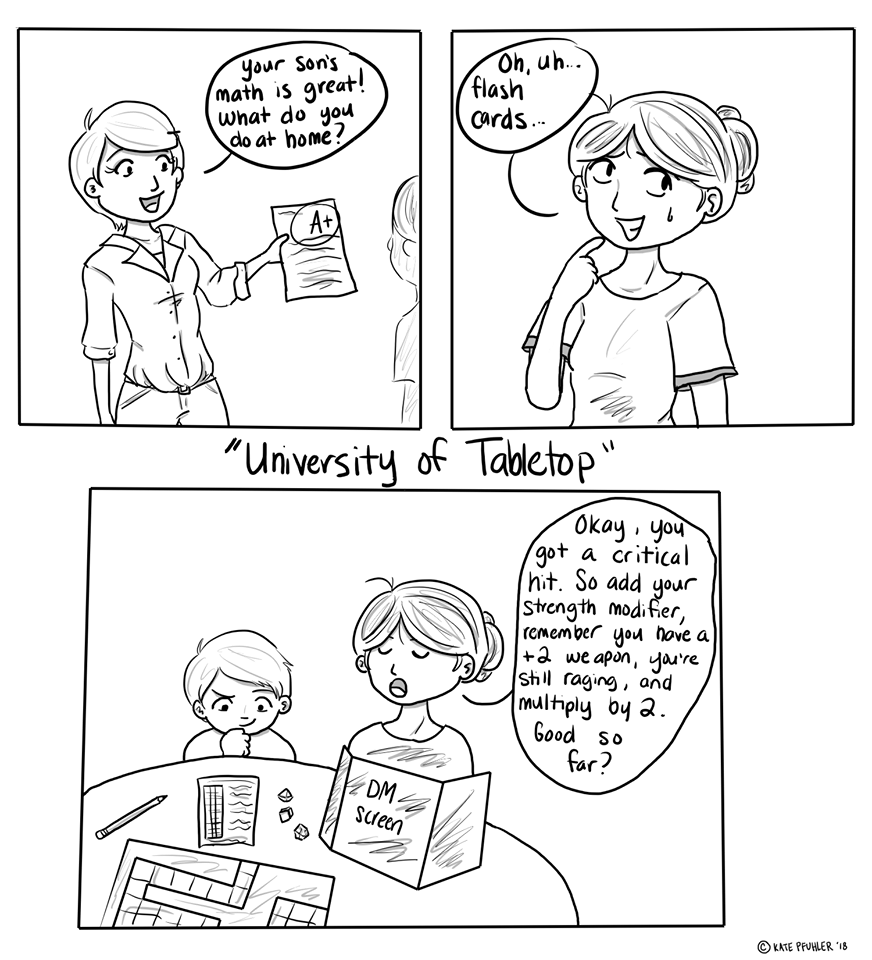 Sounds like a plan.
Sounds like a plan.